
The meat and poultry industry is the largest segment of U.S. agriculture. However, while the meat industry has seen a steady decline over recent years, the same cannot be said for animal produced products such as eggs, cheese, yoghurt.
In fact, the USDA projects that egg consumption will increase in 2016 to 265.8 eggs per person – over the last 5 years the egg industry has added nearly 15 eggs per person in consumption. As we have reported before, the animal agricultural industry has a number of gruesome secrets. More often than not, the industry keeps these secrets hidden from the public’s eyes because they are disturbing, shocking, unhygienic and inhumane.
The number of land animals raised and killed for food in America has decreased by 400 million individual animals – from 9.5 billion animals in 2007 to 9.1 billion animals in 2015. Despite this impactful change, the rate of vegetarianism in the US has remained relatively stagnant. Consumers have cited health reasons, environmental concerns and rising beef costs as the driving factors behind this trend.
“Health concerns still remain the No. 1 reason people might consider cutting back on meat,” Professor Robert Lawrence, director of the Center for a Livable Future at the Johns Hopkins School of Public Health, told NPR.
With these factors in mind, many consumers are attempting to make informed decisions when they are purchasing animal products. However, the animal agricultural industry—like many others—employ deceptive marketing techniques that often convince consumers that their products are better for the animal, the environment and the consumer.
Happy chickens clucking around in a meadow is an image many of us have become familiar with when looking at cage-free and free-range eggs. The images, like they were intended, reassure the consumer and deceive them into thinking that the picturesque scene is the source of the eggs. However, in reality, this is often not the case.
“There are a lot of misconceptions around free-range,” says Frank Mitloehner, a professor at the University of California at Davis who studies the impact of animal food products on the environment.
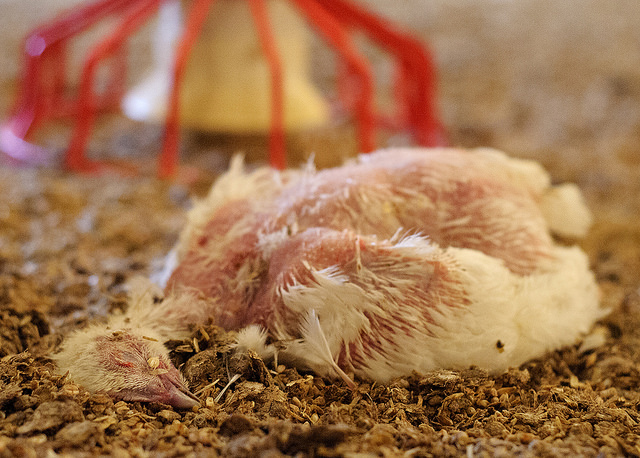
“What is happening in the free-range system is that you have no cages, but there’s not a dramatic amount of more space available,” Mitloehner says. “You still have barns that the animals are in, so they run around freely but are still in a tight area that is artificially ventilated.”
For free-range chicken farms “no information on stocking density, the frequency or duration of how much outdoor access must be provided, nor the quality of the land accessible to the animals is defined,” according to the Humane Society of the United States (HSUS). As a result, the hens are confined to warehouses that have a door(s) that leads outside. However, due to the mass crowding of the birds, the majority of them do not see daylight.
In comparison, the label cage-free “has virtually no relevance to animal welfare,” according to HSUS. Although these chickens are not confined to small cages like their factory farm brethrens, a typical hen house at a cage-free farm contains 100,000 egg-laying hens. As a result, the hens are still confined to small spaces, live among faeces and become stressed due to the unnatural size of the flock.
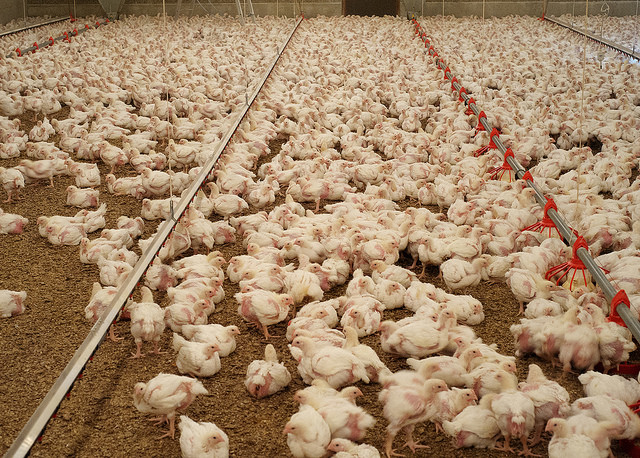
Despite these small differences, many of the practices within the industry are the same across the board. With this in mind, we have decided to collect 15 facts that consumers need to know about the egg industry.
Here are 20 things the egg industry does not want you to see:
1) Hens will usually produce a single egg every 24 to 36 hours.
2) There are over 300 million egg laying hens in the U.S. egg industry. This number will increase with demand.
3) The chickens are born, raised and killed for one purpose: to supply us with food.

4) Baby chick are born in incubators and do not see their mothers.
5) The newborn chicks are then separated by gender.
6) The females will become egg-laying hens like their mothers.
7) While the males are tossed into a bag to suffocate, ground up alive or gassed to death.
8) The female chicks then have the beaks trimmed to prevent pecking and cannibalism.
9) Battery-farm chicks share a cage with 4-11 other hens, and do not have enough space to spread their wings.
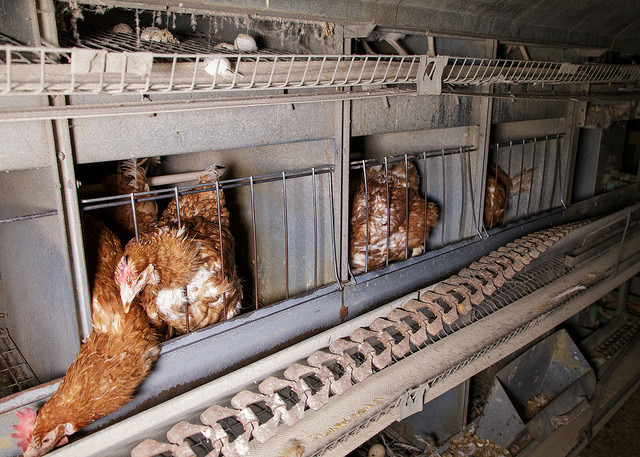
10) In many battery-farms, the cages are stacked on top of each other, which allows the urine and faeces to fall on the birds stationed below.
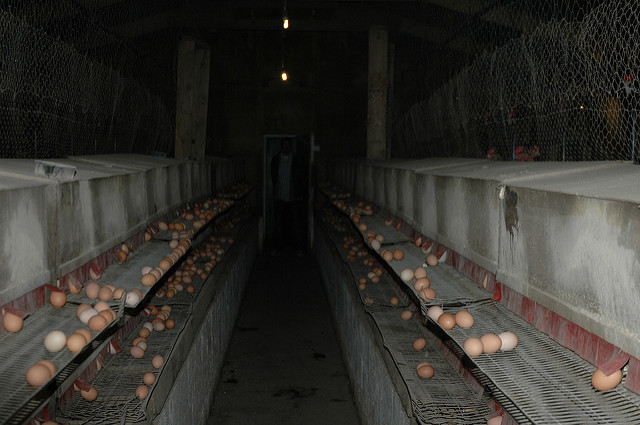
11) Due to the poor treatment of the birds, the hens often die in their cages.
12) These dead hens are often left to rot in the cages.
13) When the hens reach 72 weeks of age, the hen’s egg production drops. As they are not longer as profitable as younger hens, they are then sent to the slaughterhouse.
14) The birds, already exhausted, ill or deformed after producing thousands of eggs in unnatural conditions, are shackled and hung upside down.

15) The hens then meet their fateful end by being electrocuted, having their throats slit or are scalded to death.
You want to support Anonymous Independent & Investigative News? Please, follow us on Twitter: Follow @AnonymousNewsHQ
This Article (Cage-Free and Free-Range: The 15 Things The Egg Industry Does Not Want You To Know) is free and open source. You have permission to republish this article under a Creative Commons license with attribution to the author and AnonHQ.com.


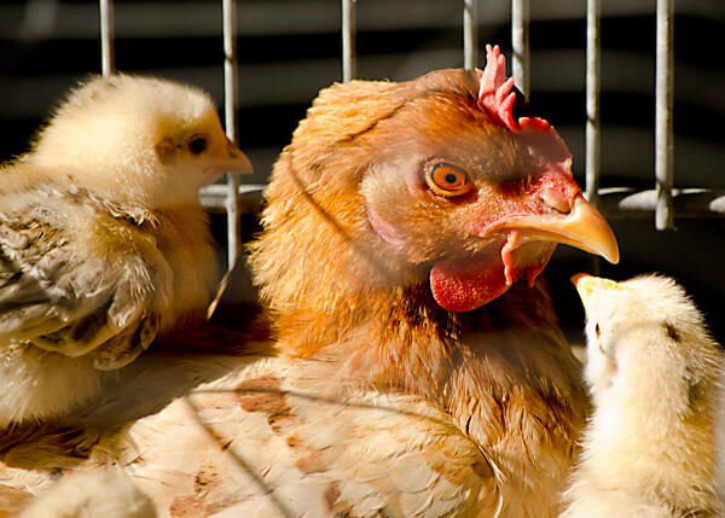
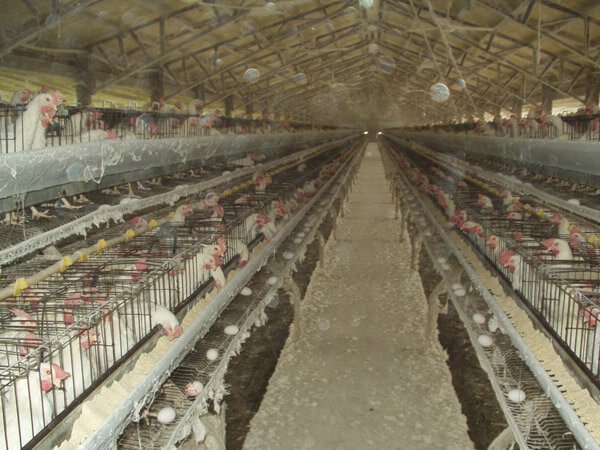
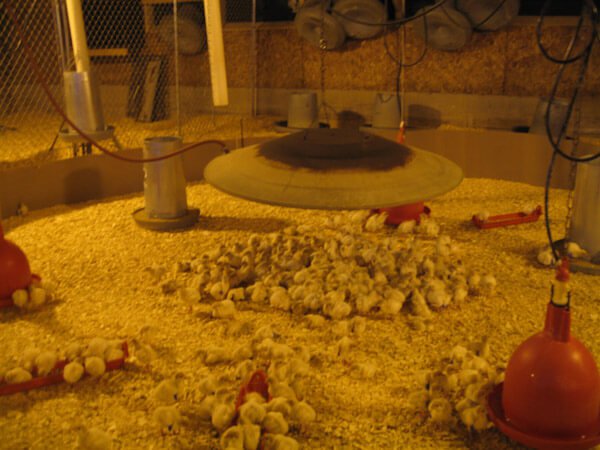

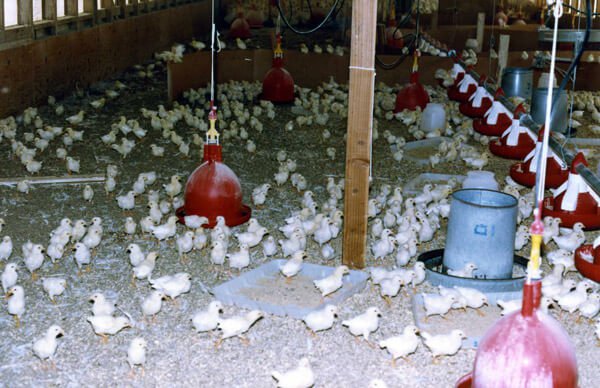



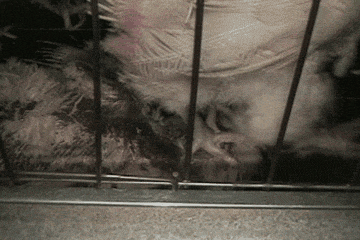
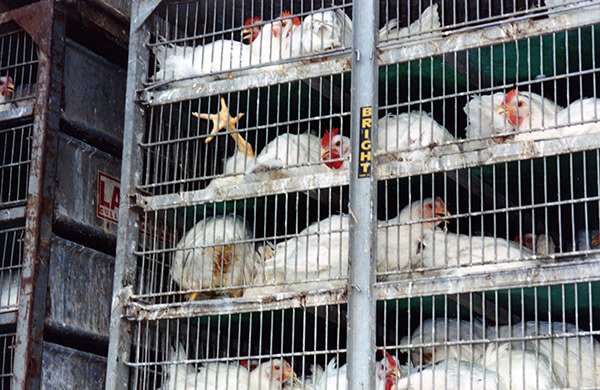



#OpSavechickenEggs
I currently work for a company that makes that machines that handles eggs in all types of wats.. after seeing this article I agree everything is true especially in the US .